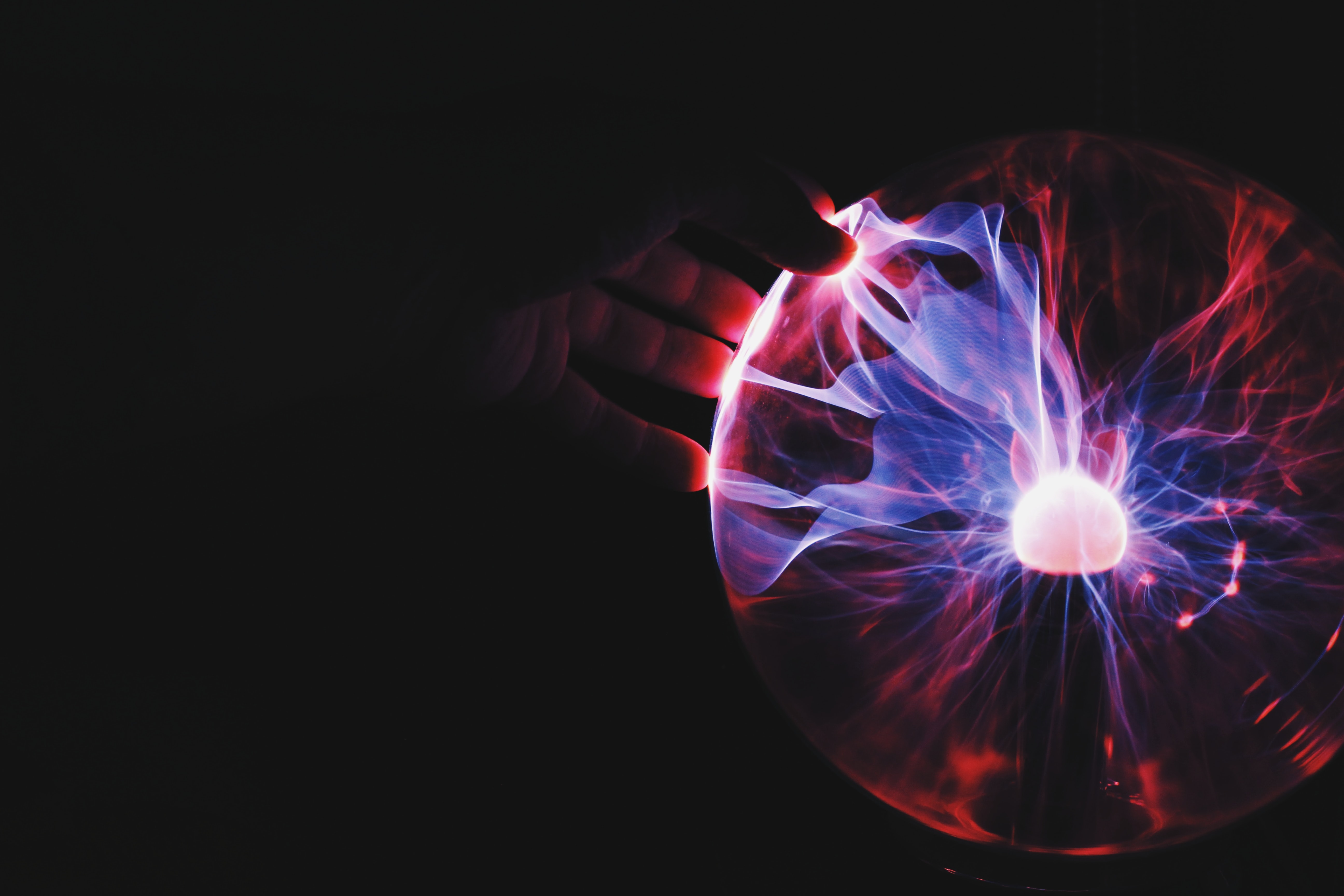Humans are making advancements in artificial intelligence (AI) and quantum computing (QC). Both of these technologies have been a source of speculation in science fiction novels and media. Filmmakers have capitalized on the uncertainty -- and novelty -- surrounding such ideas and spun them into fascinating worlds of the future.
In such a way, humanity has been warned by filmmakers for years of the dangers related to these advancements. The Matrix, Ex Machina, and iRobot are three of the numerous films that have served as blaring warnings for what should happen if we achieve AI singularity. Whether we should fear AI has been the source of both an ethical and scientific debate, and the doubts sown by the directors of these films certainly do the technological frontier no justice.
Consequently, whether the general public is in support of this research -- or whether there should be a limit to development -- naturally hangs over the head of mainstream scientists.
Nevertheless, QC and AI each have the potential to aid in major challenges facing modern society, including achieving a better understanding of neuroscience and economy. Furthermore, researchers are exploring the possibility of marrying these two areas to form an amalgam capable of being far more effective as a tool in helping us understand the universe.
While the AI revolution began in the 1940s and 50s, and quantum computing was not proposed by Richard Feynman until the 1980s, their combination would not be officially considered until the 1990s by Wichita State University professor Elizabeth Behrman. Today, according to the Wichita State University news, her expertise in quantum computing, coupled with colleague Dr. James Steck’s research in artificial intelligence, has aided in massive steps in the direction of fully melding the areas (including this 2008 paper).
How Does Artificial Intelligence Work?
Let us briefly dive into the cogs and gears defining artificial intelligence. When defined by the (ever useful) Internet, AI is commonly referred to as the mimicking of human intelligence, catering to the question famously proposed by Alan Turing: “Are machines able to think?”
Such a problem has been approached in numerous ways, the diversity of which results from a variety of the existing models of consciousness. For one, the range of the AI system’s capabilities is assessed. Narrow AI focuses on a specific set of functions (dependent on the task meaning to be accomplished), whereas artificial general intelligence (AGI) more closely resembles the general human mind’s capabilities.
In order to reflect the dynamic characteristics of the human mind, many AI systems incorporate machine learning, a subtopic encapsulated by AI. The machine is fed data and utilizes certain statistical techniques to allow it to learn how to better produce an output with each subsequent dataset.
Machine learning can also be broken down into three primary subcategories: unsupervised learning, reinforced learning, and supervised learning.
For unsupervised learning, the data inputted is unlabeled, giving the machine the task of determining any patterns in the data on its own. Reinforced learning, on the other hand, is better fit for making a series of decisions in various environments. Its ability to adapt is centered more around the possibility of unfamiliar situations.
Supervised learning is especially useful in the creation of artificial intelligence systems. The data is categorized to create a “training regime” of sorts for the machine. In some cases, this may be the mere differentiation between descriptions that fit either a cat (“meows, flat face, hairballs”) or a dog (“barks, snout”).
Algorithms for supervised learning take in some input (data of some sort) and map the inputs to outputs. Consider, for example, an algorithm meant to analyze an image and output the name of the object. The image is broken down into a series of pixels. Their corresponding values (“colors”) are then detected, and the primary components (edges and features) in the image identified and put into the context of the remainder of the image.
From there, the algorithm combines these various components and, ultimately, names the object in the image. This has several layers of identification and processing -- something known as deep learning. Over time, the machine attempts to strengthen the connections between the inputs, features, and outputs to better achieve its desired goal.
AI Meets Quantum Computing
Quantum computing incorporates the properties of superposition, quantum tunneling, and entanglement to allow for an alternate method of processing. This has the potential to surpass classical computers in computational speed (for certain cases), making it a bit of an extraordinary area on the technological frontier.
Naturally, the combination of AI and QC produces the ultimate superhero. For instance, quantum computers are able to represent the neural network quite well, perhaps taking another step closer to unearthing the inner workings of how the human brain works.
Aside from the neurophysiological activities in the brain, there exists the philosophical approach as well. This pairing of disciplines within psychology illustrate numerous levels that interact in order to dictate individuals’ behaviors, self-awareness, and cognition.
In accordance with Erik Erickson’s stages of development -- which describes cognitive priorities -- human development is dynamic. In turn, this makes the question of intelligence and personality far more complex.
While achieving a perfect machine able to pass the Turing test and emulate a human (or, even, just a digital assistant that is as responsive as a human assistant) is exceedingly complex, the entrance of QML and quantum-based AI makes such a thing all the more possible. The pattern recognition, for instance, may be used to group specific centers within the brain and assign them to their corresponding cognitive tasks.
Furthermore, the sheer capabilities of functional quantum computers could allow for classical machine learning algorithms to be implemented far more effectively in a fraction of the expected time. This becomes all the more important considering the complication of the machine learning process with additional layers of data and dimensions considered.
In algorithms designed to make decisions, the possible solutions are often mapped using decision trees. As the complexity of the problem increases, conducting a series of random walks (as a classical computer might) becomes far too inefficient. In contrast, quantum algorithms are able to represent the various decision branches within the decision trees far faster.
The Future of AI and Quantum Computing
In considering where AI and quantum computing can go, we should recognize several milestones that should be reached.
With the general development of quantum computing, researchers are hoping to develop systems that are less susceptible to errors (e.g. due to environmental influence on the sensitive system, or decoherence). Of course, it is worth recognizing that quantum supremacy, especially in the area of AI algorithms, is still an unanswered question as well.
Today, researchers are looking to apply quantum machine learning to problems of all sizes, ranging from modeling the behavior of nanoparticles to exploring space with advanced pattern recognition and analysis. It can even play a role in the development of future medicines, some of which involve, for instance, the manipulation of proteins. Consider how a program may predict the folding of, say, a sequence of amino acids.
The modeling of a mere sequence 100 amino acids is estimated to take 10127years to find the final form (according to Subhash Kak in his paper Active Agents, Intelligence, and Quantum Computing) -- an example of a NP complete problem (near impossible to solve in an applicable amount of time) -- but QML can solve that.
Simply put, the marriage of AI and QC -- and the subset combination of machine learning and QC -- opens the door to the modeling and processing of data that more closely resemble the complexity of the universe. AI world takeover or not, this certainly takes the frontier of technology beyond a mere conversation with Siri or Alexa. Simultaneously, quantum machine learning holds a significant potential for good if this technology is taken in the right direction.














